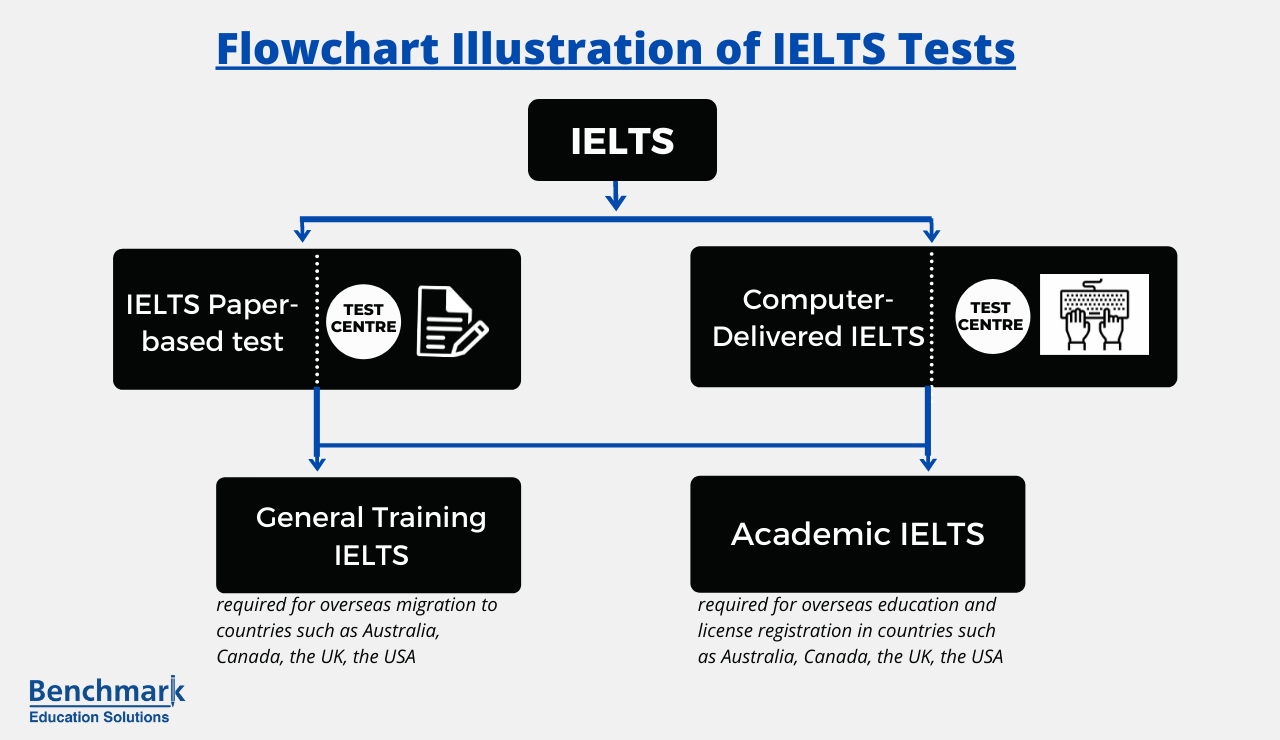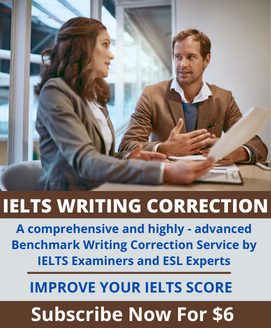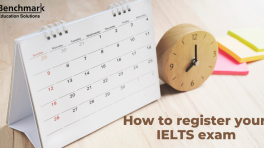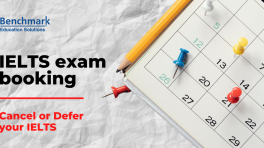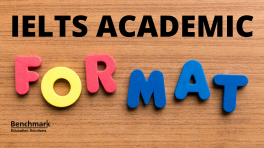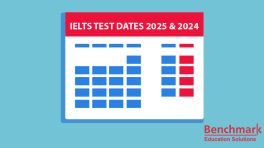IELTS Band Score Calculator – Check IELTS Score
- 0 Comments
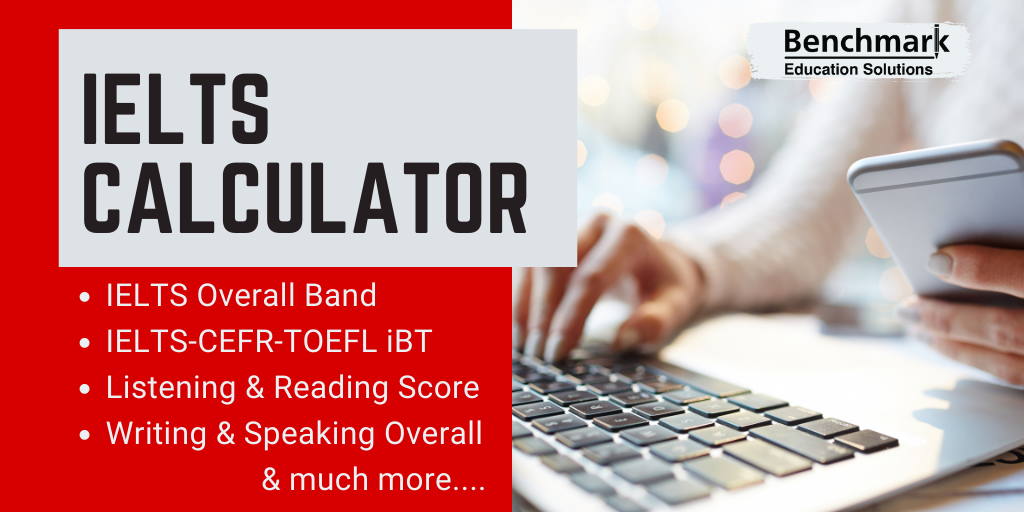

IELTS Score Calculator Overall, Reading & Listening raw to band, Overall Writing & Speaking band and combine IELTS for doctors & nurses.
Table of Contents
L + R + W + S




![]()
![]()
IELTS TOEFL-iBT CEFR




![]()
![]()
If you are coming from TOEFL iBT or CEFR (Common European English Framework) background and want to know IELTS equivalent or vice versa, then use the IELTS score calculator / converters below:
Reading & Listening




![]()
![]()
Often IELTS candidates, without having any access to an IELTS overall band calculator, are confused what their reading and listening part scores mean in terms of IELTS bands or vice versa. Use the IELTS band score calculator below to convert raw reading and listening scores to bands and reading and listening bands to raw scores.
Writing Task 1 + Task 2




![]()
![]()
If Essay = 6 and Letter = 7, then
(2 x 7 + 7) / 3
20/3
6.67 (rounding down to 6.5)
Overall Writing Score = 6.5
Type your Writing Task 1 (Letter/Report) and Task 2 (Essay) band score in the calculator below to find out the final writing band score. Note that the formula is the same for both Academic and General Training IELTS.




![]()
![]()
Using Band Descriptors
![]()
![]()
![]()



Step 1
Step 2
IELTS Test Format and Marking
| Module | Q. Types | Requirements |
|---|---|---|
| Listening 30 mins 40 ques | Multiple Choice, Matching, Map, Table, Sentence Completion, Short-answer | Ability to understand main ideas, factual information part, speakers’ attitude & opinions. |
| Reading (AC) 60 mins 40 ques | Multiple choice, Identifying information, Writer’s views, Matching information, Headings, Sentence Completion, Table, Labels, Short answers | Reading skills assessed includes reading for gist, main ideas, detail and ability to skim, understand logical argument, writer’s opinion and purpose of text. |
| Reading (GT) 60 mins 40 ques | Multiple choice, Identifying information, Writer’s views, Matching information, Headings, Sentence Completion, Table, Labels, Short answers | Reading skills assessed includes reading for gist, main ideas, detail and ability to skim, understand logical argument, writer’s opinion and purpose of text. |
| Writing (AC) 60 mins Report Essay | Report – Graph, Chart, Table, Diagram Essay – Agree/Disagree, Discuss, Pros & Cons, Why | Write/type a report and an essay to be graded on the IELTS Writing assessment criteria: Task achievement/response, Coherence & Cohesion, Lexical Resource, Grammatical Range & Accuracy |
| Writing (GT) 60 mins Letter Essay | Letter – Formal, Semi-formal, Informal Essay – Agree/Disagree, Discuss, Pros & Cons, Why | Write/type a letter and an essay to be graded on the IELTS Writing assessment criteria: Task achievement/response, Coherence & Cohesion, Lexical Resource, Grammatical Range & Accuracy |
| Speaking 11-14 mins Intro Cue-Card Discussion | Questions based on everyday topics | Oral interview between the IELTS candidate and the examiner. The session is recorded. Assessment criteria includes – Fluency & Coherence, Lexical Resource, Grammatical Range & Accuracy, Pronunciation |
IELTS examines candidates’ abilities in speaking, writing, listening and reading part. As such, there are four separate modules, one part for each of these areas. The two receptive skills – reading and listening – are intended to determine how well a candidate can understand written and spoken English in academic as well as everyday settings. Listening and speaking modules are the same regardless of General Training or Academic IELTS part. However, some difference exists in Reading and writing sections. While there is a graph and an essay to be written in Academic IELTS, General Training candidates are required to write a letter and an essay. Similarly Reading module contains 3 long reading texts in Academic IELTS part, but GT IELTS has 1 long reading text and 3 to 5 short texts. Raw score to band computation with the IELTS band score calculator is also different in Academic and GT IELTS.
IELTS Test Types
IELTS comes in 2 different types
- Paper Based
- Computer-delivered IELTS
Reading & Listening
The reading and listening IELTS modules are marked by experienced IELTS examiners at the testing center. They will be randomly and anonymously assigned in order to prevent any sort of cheating. The examiners are required to strictly follow a guide that tells them how to mark your answers and calculate IELTS scores. Accuracy and legibility are important in both these modules as the examiners may mark an answer wrong which is either not full or grammatically incorrect (despite having the same meaning).
Speaking & Writing
If you are writing paper-based IELTS part, then essays, letters/reports papers from the writing test will be collected and randomly assigned to examiners for grading. These may even be rechecked in order to ensure that a fair band score has been assigned.
In case of computer-delivered IELTS, the writing answer is automatically submitted soon after the time finishes. As in the former case, essays, letters and reports are randomly assigned and the examiners have no idea whose writing task they are evaluating.
IELTS speaking part is always face-to-face where the examiner will ask you a set of questions and record the entire interview. The examiner will give you band score on the 4 band descriptors at the end of the interview. These scores will then fed into the system to calculate the final IELTS speaking score.
You may well ask how the speaking and writing tests are assessed. In other words, what are the examiners looking to hear or read from the IELTS candidates? The criteria are somewhat similar, with a few differences. They are listed in the table below:
| S.No | Writing | Speaking |
|---|---|---|
| 1 | Task has been completed. | Speech was fluent are effective. |
| 2 | Used logical paragraphing and information flow | Word choice is accurate and used a wide range of vocabulary |
| 3 | Word choice is accurate and used a wide range of vocabulary | Grammar and other resources are free from errors |
| 4 | Grammar and other resources are free from errors | Speech is intelligible. |
IELTS is a gold standard of English testing system across the world. There is a wide range of training material available and the test is pretty straight forward as compared to other tests, such as TOEFL iBT, PTE, CELPIP and so on. Most of the candidates are looking for 6 band score in each part, whereas 7 is considered to be an excellent band score in majority of the case notes.
We hope you have found the IELTS band score calculator above useful. If you are looking for IELTS preparation with personalised feedback and excellent resources, feel free to use our IELTS Writing Correction and Speaking Mock Test services.

